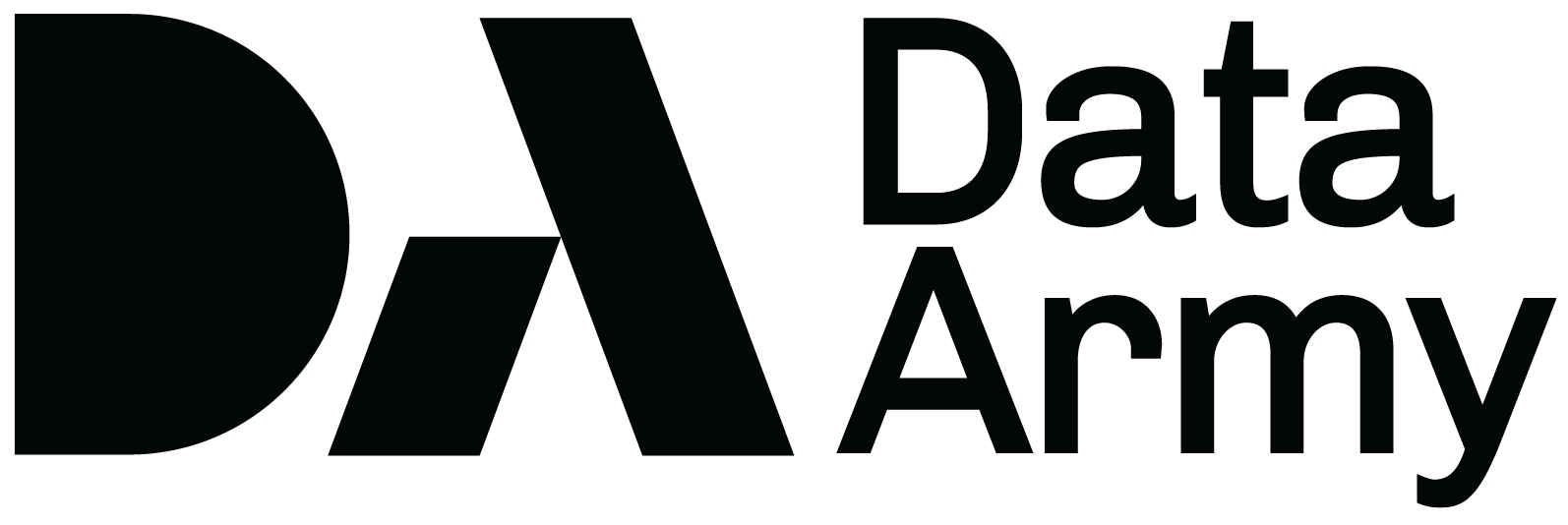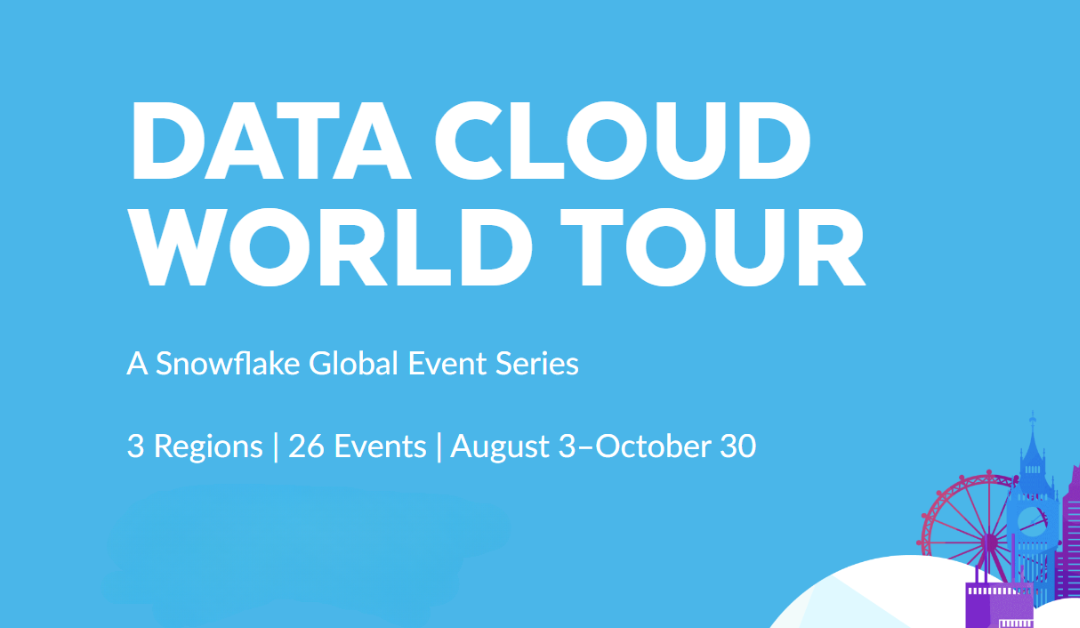Snowflake’s Data Cloud World Tour
Snowflake’s Data World Tour for 2023 has kicked off. The series of collaborative events bring members of the ecosystem together to discuss Data, Apps and AI!
Snowflake introduced a host of product developments and a selection of inspiring client case studies which showcased product capabilities and innovation.
As a proud Snowflake Partner and sponsor, here are our thoughts and perspectives.
Key Takeaways
Here are the Snowflake announcements we’re most amped up about and our top takeaways:
SQL Improvements
A series of SQL improvements and functions, enabling customers to write more concise, efficient queries:
- Select* now includes Exclude,
- MIN_BY and MAX_BY aggregate functions,
- Banker’s rounding,
- Group By All.
Sometimes it’s the simple things that make the biggest difference.
Leveraging Native Snowflake Machine Learning (ML) Functions
New SQL functions that abstract the complexity of ML frameworks with algorithms for Forecasting, Anomaly Detection, and Contribution Explorer.
These functions can empower analysts to enhance decision speed and quality with easy to use, yet powerful SQL functions and share insights in integrated analytics / business intelligence (BI) tools.
Dynamic Tables
A declarative approach to transformations and simple data pipeline creation.
Join and aggregate across multiple source objects and incrementally update results as sources change.
Automate incremental data refreshes with low latency using easy-to-use declarative pipelines.
Snowflake App Containers
Snowflake Containers are an additional Snowpark runtime that helps developers register and deploy container images in Snowflake.
Build in any programming language, package as a container image, and deploy in configurable CPUs & GPUs.
Or install entire containerised third-party Snowflake Native Apps via Snowflake Marketplace.
Native App Development Streamlit
Streamlit is an open-source Python library for app development natively integrated into Snowflake for scalable, reliable, and secure deployment.
Soon you will be able to quickly add, adjust or remove components in code editor, visualise changes in the preview screen, and deploy to share the URL with coworkers with one click.
Native Apps on Snowflake Marketplace
Build, distribute, deploy, operate, and monetise apps natively in the Data Cloud.
- Build apps using Snowflake functionality (Snowflake Containers are a great option here).
- Distribute and monetise on Snowflake Marketplace.
- The apps can be installed on the consumer’s Snowflake account.
3 Things We’re Excited About
1. Geospatial Enhancements
We’re anticipating the implementation of vectorised UDTFs for geometry, which will simplify complex geospatial data processing and potentially enhance query speed.
2. Snowpark with Python for Machine Learning (ML)
We’re excited about Snowpark’s integration with Python for machine learning tasks. The demonstrated time savings for running models using Snowpark is appealing, while opening up opportunities for exploration of practical applications.
3. Dynamic Tables’ Potential
The potential of dynamic tables to automate updates, especially for tables and views with intricate joins, is an exciting development. Assessing the fit of this feature for punctuated update patterns is crucial.
Our Final Thoughts
We believe Snowflake’s evolution into a comprehensive data platform, the integration of machine learning features, advancements in geospatial capabilities, and tools like dynamic tables and Snowpark will drive key gains relating to data governance, integration, and analysis.
The exciting developments of enhanced geospatial processing, streamlined machine learning tasks, and the potential of dynamic tables for automated updates is what could make a real difference and enhance our roles as Data and Cloud Engineers, Analysts and Consultants.
While all these technological developments and innovative use cases are inspiring, as data practitioners, it is important not lose sight of what we set out to achieve.
Remember to go back and revisit those key questions:
- If you had unlimited data resources, what would you want to know?
- What is it that you actually want to achieve?
- What is driving everything that you’re working on?
Want to understand how we can help your business with your data needs? Contact us

